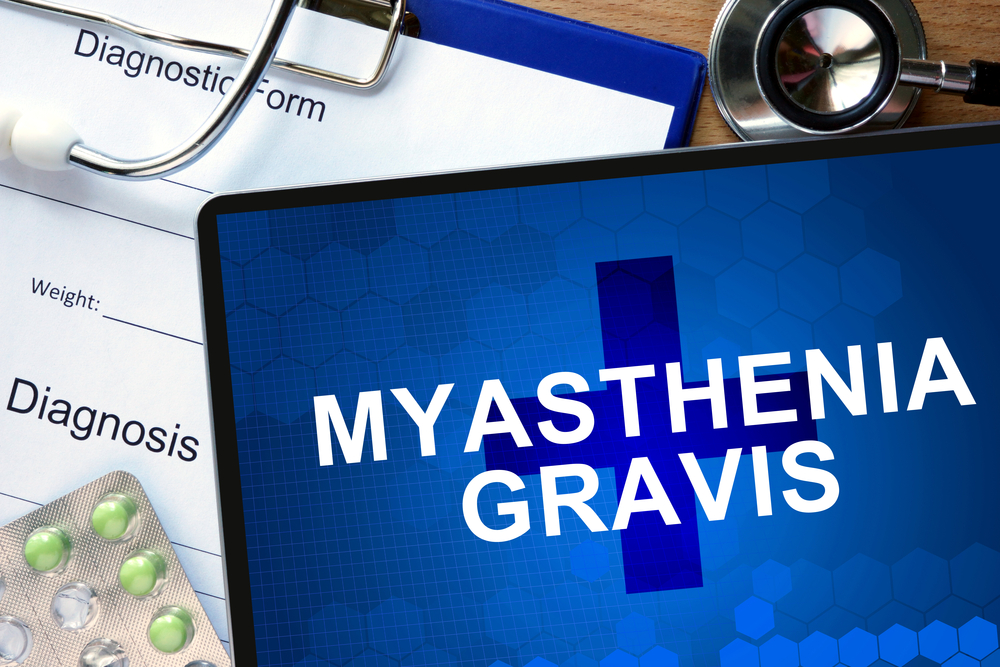Co-occurrence of ALS and Myasthenia Gravis Prompts Search for Shared Factors

Researchers report that the co-occurrence of amyotrophic lateral sclerosis (ALS) and the autoimmune disease myasthenia gravis is far greater than expected, raising the possibility that the two conditions share underlying disease-causing events.
But to understand if that is the case, researchers need to invest in studies of similarities in the mechanisms driving the diseases.
The study, “Amyotrophic lateral sclerosis and myasthenia gravis: association or chance occurrence?” was published in the journal Neurological Sciences.
Like ALS, myasthenia gravis affects muscles, but in an entirely different way. Instead of the neurodegeneration seen in ALS, autoimmune processes make the muscles of myasthenia patients weak.
Following earlier reports that the two conditions may be linked, researchers at the two Italian institutions, the University of Bologna and the University of Modena and Reggio Emilia turned to a registry that collected data on all ALS patients in the region. The registry contains data, including the presence of other diseases, collected by the patients’ physicians.
From Jan. 1, 2009 to Dec. 31, 2014, 671 patients were diagnosed with ALS. Five of them (0.75 percent) also had myasthenia gravis. All five had first been diagnosed with myasthenia gravis.
The ALS had a bulbar onset — meaning symptoms affecting the face and neck — in 60 percent of the cases with myasthenia gravis. This is more common than is normally seen in ALS, with about 30 to 40 percent of patients having these symptoms at the start of disease.
Patients with both diseases also progressed much faster than ALS patients without myasthenia gravis.
Looking at the rates of the two diseases in Western countries, the research team concluded that a patient with both ALS and myasthenia gravis should be an exceptional event. But the number of patients in their group was greater than what should be expected.
Although the study was small, and researchers admit the result may have been caused by chance, other small studies have made similar observations. The team suggested that abnormalities in regulatory T-cells, reported in studies of both conditions, may be the common factor.
Such T-cells act to control inflammatory processes, but to understand if the cells are the factor linking the diseases, much work remains to be done.
“We think that the co-occurrence of ALS and MG deserves further studies for a better diagnostic and phenotypical characterization and raises the possibility of potential shared immunological dysfunctions, which may be expression of common pathogenic mechanisms, as well as of shared disease-course modulating events,” the researchers wrote.






